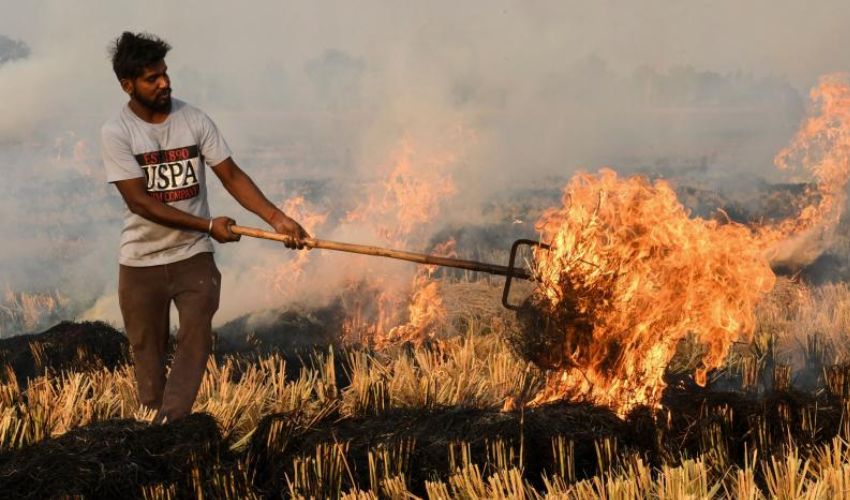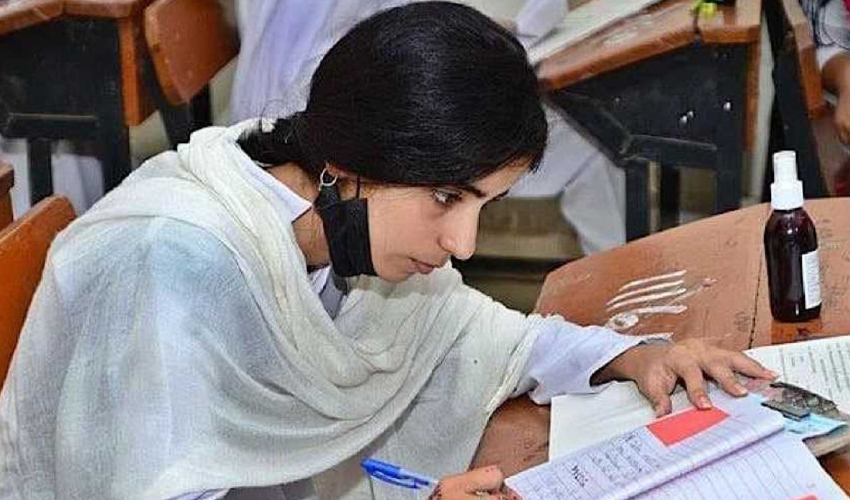New Delhi tops smog as AQI worsens
Despite facing the worst smog crisis in recent years, Indian authorities are struggling to curb large-scale stubble burning, a major contributor to deteriorating air quality.
Drone footage released by foreign media highlights extensive crop residue burning in Patiala, Indian Punjab, exacerbating the smog in the region.
Farmers in India claim they lack the resources and governmental support to transition to environmentally friendly farming practices. They argue that the absence of subsidies and modern agricultural technologies leaves them with no choice but to resort to traditional stubble burning, despite its environmental consequences.
The air quality index (AQI) in New Delhi has reached a staggering 437, making it the most polluted city in the world. The toxic air has not only raised alarms in India but also threatens to affect neighboring regions, including eastern Pakistani cities like Lahore, where air quality is expected to worsen due to transboundary pollution.
Environmental experts have urged Indian authorities to implement immediate measures to support farmers with sustainable alternatives and enforce stricter regulations to curb stubble burning. Meanwhile, health officials warn of escalating respiratory and cardiovascular diseases, calling the situation a regional health emergency.
The growing environmental crisis underscores the urgent need for cross-border cooperation and sustainable solutions to tackle air pollution in South Asia.



























